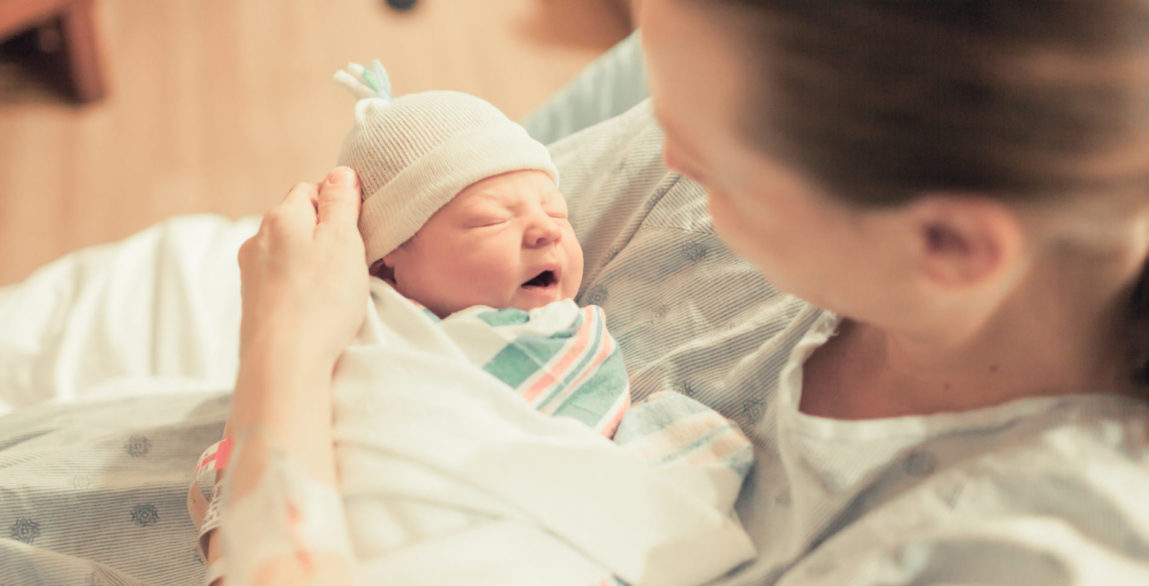For babies born in California, one of the most important health assessments of their lives happens within two days of birth. Through the Newborn Screening Program, a division of the California Department of Public Health’s Genetic Disease Screening Program, infants are evaluated for more than 80 genetic disorders in order to support early health care intervention and to reduce or prevent adverse effects on a baby’s long-term health. Since starting in 1966 to screen for one disorder, the GDSP has continuously evolved the program to incorporate conditions that are newly discovered or increasingly affect the population — for instance, in 2020, the assessment will start evaluating for spinal muscular atrophy. Although hospitals, birth centers, private midwives and county registrars must help ensure this mandatory test is carried out for all California infants, seven State-designated Area Service Centers are responsible for overseeing the screening process from sample collection through reporting. For San Diego, Orange, Riverside and Imperial Counties, the ASC is right here at Rady Children’s Hospital-San Diego.
“Our seven-person team; which includes nurse coordinators, a community liaison, a program specialist, a business coordinator and an administrative assistant; acts as a dynamic conduit between the GDSP and health care facilities, as well as a trusted resource for health care and birth professionals,” explains Keri LeBlanc, NNP, MSN, director of the ASC at Rady Children’s. “For newborn screenings conducted in our service area, we oversee everything from accuracy of form completion to identifying collection errors to reporting positive results to the providers, as the need arises. We also coordinate follow-up testing or specialist referrals if a baby’s results indicate either are necessary. It’s a huge responsibility that we’re proud to manage. Newborn screening can truly save babies’ lives.”
Whether a baby is born in a hospital, a private birth facility or at home, the State of California mandates that a health care professional take a newborn screening sample using small drops of blood from an infant’s heel. An exception can only be made if the screening does not align with a family’s religious beliefs. “Ideally, collection occurs between 12 and 48 hours of the baby being born, with the respective lab receiving the sample within two days from collection. This aligns with national newborn screening timeliness standards,” LeBlanc notes. “Collection and transit timeliness are critical factors in early detection and intervention, as some undetected disorders may cause disability or death during a baby’s first week of life.” Once at the lab, samples are evaluated for hemoglobin, metabolic, endocrine, lysosomal storage and immune disorders, as well as cystic fibrosis.
Recently, Rady Children’s and the State of California participated in a national collaborative focused on improving time standards for screenings. “Although we and other ASCs can’t be present for collections or submit them to lab firsthand, getting involved in efforts like this is a great way to evaluate and adjust standards and communicate them to the myriad facilities within our regions. Helping to set the tone, and then acting as an educational and technical resource for our ASC community, supports our ability to get every new baby screened and connected with quality care if they need it,” LeBlanc states.
In fiscal year 2018-2019, the Rady Children’s ASC supported the evaluation of 88,427 screenings. Of these, 603 resulted in positive identification of one or more genetic disorders; 300 from babies in a neonatal intensive care unit and 303 from “well babies.” The nearly 50/50 division between babies who needed immediate, specialized care and babies who appeared completely healthy drives home the screening’s importance. And although the percentage of positive results is — fortunately — small, the potential to provide babies with treatments that can support healthier, happier futures is larger than life.
